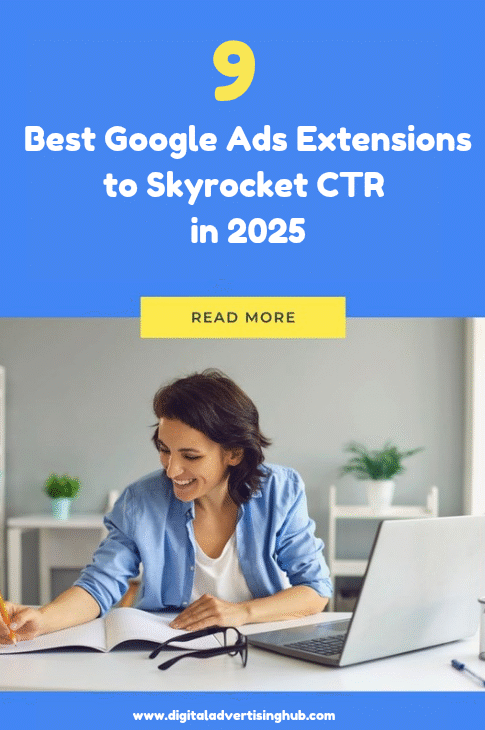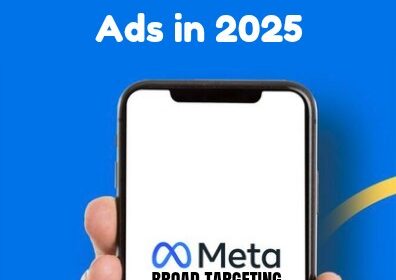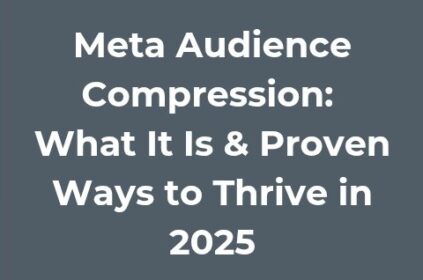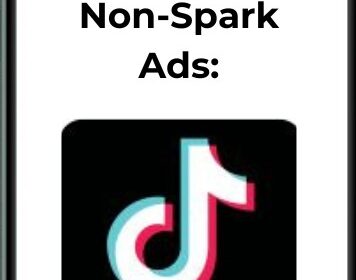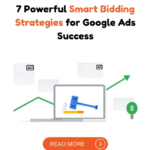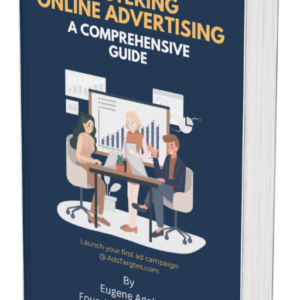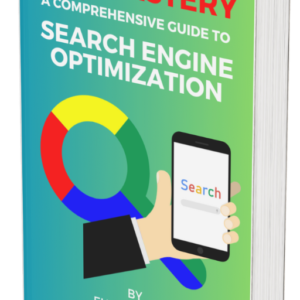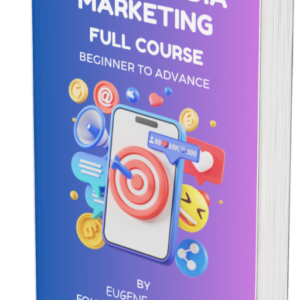If your Google Ads are underperforming in 2025, there’s a good chance you’re not using ad extensions to their full potential. These features aren’t new—but how advertisers use them has evolved.
Google Ads extensions now influence everything from CTR and ad rank to conversion quality and cost-per-click.
In a paid search landscape where competition is tighter and every click costs more, ignoring them puts you at a serious disadvantage.
So, if you’re tired of low engagement, wasted budget, or stale results, this is where to start. You don’t need to overhaul your ad strategy—you just need to deploy the right extensions, in the right way, starting today.
Why Google Ads Extensions Still Matter in 2025
Google Ads extensions are no longer optional if you’re serious about maximizing click-through rates (CTR) in 2025.
They are now a fundamental part of how competitive brands dominate the paid search results page.
Not only do extensions improve the visual footprint of your ads, they also increase the chances of your ad delivering useful information upfront—making users more likely to engage.
According to WordStream, ads with extensions can improve CTR by 10–15% on average. That performance lift compounds when you stack multiple relevant Google Ads extensions together.
The reason is simple: Google wants to deliver relevance and value to its users.
When your ad uses sitelinks, callouts, structured snippets, or lead forms, it becomes more informative and helpful.
That improves the quality score and ad rank without raising your cost-per-click. In 2025, with automation, AI bidding strategies, and fierce competition driving up ad costs, using every edge available—including Google Ads extensions—is the only way to ensure you’re not wasting budget.
And unlike ad copy testing, which takes weeks to iterate, Google Ads extensions are low-effort, high-reward.
Once they’re set up, they scale across multiple ad groups and campaigns automatically. You don’t have to choose between extensions either.
You can—and should—use as many eligible formats as apply to your campaign goals.
#1. Sitelink Extensions
Among all Google Ads extensions, sitelinks are the most versatile.
They allow you to add extra links under your main ad copy that direct users to specific pages on your site—like product categories, testimonials, or sales pages.
This creates multiple entry points to your site, increasing the odds that a user finds something worth clicking.
Each sitelink can have two lines of description, making your ad take up significantly more screen real estate—especially on mobile.
That visibility alone can lift CTR, but the real value is in strategic linking. For example, if your main ad promotes a service, your sitelinks can guide users to case studies, client reviews, FAQs, or your pricing page.
You’re no longer forcing the user down a one-size-fits-all funnel.
In performance terms, sitelink extensions also provide granular reporting. You can see which individual links drive the most traffic and optimize accordingly.
In 2025, responsive search ads and Performance Max campaigns allow for full integration of sitelinks without additional setup per ad group, making it even easier to deploy them across your account.
For advertisers targeting multiple personas or stages in the funnel, sitelinks remain a core part of any smart Google Ads strategy.
#2. Callout Extensions
Callout extensions give you an opportunity to highlight unique selling points or benefits with a simple text format—no links, just additional value propositions.
These are not clickable, but they reinforce the message of your main ad and often appear right under the description lines.
They are ideal for including key business highlights like “24/7 Customer Support,” “Free Returns,” or “No Setup Fees.”
Because each Google Ads campaign allows multiple callouts, you can tailor them by device or audience segment.
For example, mobile users may value “Fast Mobile Checkout” while B2B buyers might care more about “Dedicated Account Manager.”
What’s more, callout extensions help reduce friction and objections before they arise. If a user is hesitating about a hidden fee or slow delivery, seeing a reassuring message upfront can tilt the click in your favor.
According to Google’s own best practices, advertisers should use at least 4 callouts to improve consistency and eligibility across ad formats.
In a crowded auction environment, where ad rank is partially influenced by ad format impact, callouts still hold strategic weight in 2025.
#3. Structured Snippets
Structured snippets are one of the most overlooked Google Ads extensions, but they deliver excellent context.
They let you add predefined headers—like “Brands,” “Types,” “Courses,” or “Destinations”—and list out key offerings underneath.
This is particularly useful for eCommerce, education, travel, and SaaS companies.
Imagine someone searching for “affordable marketing software.” A structured snippet showing “Features: CRM integration, Lead Scoring, Email Automation” immediately tells them what your product includes.
That extra detail helps weed out unqualified clicks and improves the intent-to-conversion ratio.
What makes structured snippets powerful in 2025 is their ability to influence user expectations before the click.
By setting clear parameters, you reduce bounce rates from people landing on your page and realizing it’s not what they expected.
That clarity improves Quality Score, which can lower CPCs in the long run.
Google Ads extensions like structured snippets require zero maintenance once set up. And since the format is standardized, you don’t have to worry about styling or placement.
You can simply choose the right header and add values that match your service or product line. For any advertiser serious about conversion rate optimization, structured snippets are a quiet but effective tool.
#4. Lead Form Extensions
Introduced a few years ago and now fully integrated into search and video campaigns, lead form extensions allow users to submit their information—name, email, phone number—directly from the ad.
This bypasses the need for a landing page and significantly reduces drop-off rates.
For service-based businesses or B2B advertisers, this is one of the most conversion-focused Google Ads extensions available.
When paired with a strong call-to-action like “Get Pricing” or “Schedule Demo,” lead form extensions create a frictionless path to acquisition.
In 2025, Google improved these extensions by enabling native CRM integrations and enhanced lead quality filters.
You can now pre-qualify users by adding custom questions like “What is your company size?” or “What service are you most interested in?”—allowing for better segmentation from the first touchpoint.
Advertisers using Performance Max can also apply lead form extensions across multiple channels—search, display, and YouTube—without duplicating the setup.
As privacy rules tighten and third-party tracking shrinks, first-party data captured through lead forms becomes even more valuable.
Any brand that relies on inbound leads should consider this a non-negotiable part of their 2025 ad stack.
#5. Call Extensions
Despite the rise of digital-first interactions, calls still convert. That’s why call extensions remain a staple for local businesses, healthcare providers, and service-based companies.
They add a clickable phone number to your ad, enabling users to reach you directly from search results.
In 2025, the surge in mobile-first users and voice search means call extensions often appear as the primary action users take.
For example, when someone searches for “plumber near me,” a call extension with a visible number and “Call Now” button lets them skip the website and get immediate help.
More importantly, Google Ads provides detailed call reporting. You can track duration, location, and even integrate call conversion data into your CRM.
This enables smart bidding strategies based on offline conversions, a key differentiator in high-ticket or urgent service categories.
For multi-location brands, Google Ads extensions also support scheduling, so you can show call buttons only during business hours.
This avoids wasted clicks and missed leads. With click-to-call behavior continuing to outperform form submissions in many industries, call extensions stay critical for ROI-focused campaigns in 2025.
#6. Location Extensions
Location extensions help you connect searchers to your physical presence. Whether you’re a retail chain, restaurant, or medical provider, showing your nearest store or office builds credibility.
This Google Ads extension pulls verified data from your Business Profile, displaying address, map, hours, and even photos.
What makes location extensions powerful is the trust factor. Users are more likely to click if they know you’re nearby.
In fact, according to Think with Google, “near me” mobile searches have grown over 500% in the past few years.
This trend continues in 2025, with localized campaigns outperforming generic ones in both CTR and conversion rates.
Location data also influences smart bidding. Google Ads can prioritize local intent users and adjust bids dynamically.
Combined with call and sitelink extensions, this creates a fully localized ad experience that maps directly to in-store visits or phone appointments.
If you’re running physical locations or offering services bound by geography, location extensions are a must-have.
#7. Price Extensions
Price extensions allow you to display specific services or products alongside their costs—directly within your ad.
Unlike vague value propositions, this Google Ads extension filters out low-intent traffic by showing your price upfront.
It’s ideal for industries where pricing is a key decision factor: travel, events, education, personal services, and SaaS.
You can add up to eight price rows, each with a short description and a link. This layout gives users options without requiring them to dig through your website.
For advertisers using automated bidding, price extensions also help filter non-converting users early, saving budget.
In 2025, dynamic pricing integrations have made it easier to update price extensions in real-time through feeds.
This means you can sync flash sales, discounts, or service changes across all active campaigns instantly. If transparency and efficiency matter to your audience, this extension delivers on both.
#8. Promotion Extensions
Promotion extensions are tailored for time-sensitive campaigns. They allow you to showcase discounts, coupon codes, or seasonal deals directly in your ad.
These appear with a price tag icon and a bolded offer line, which naturally draws attention on both desktop and mobile.
In an environment where users scroll fast and skip generic ads, this extension grabs attention with real value.
For eCommerce brands, they’re especially effective during key retail windows like Black Friday, back-to-school, or new-year clearance.
The key is specificity. Instead of saying “big sale,” you use promotion extensions to show “25% Off All Backpacks – Ends Sunday.”
That clarity boosts CTR, improves Quality Score, and increases conversion rates. Google Ads extensions like this one are also eligible for scheduling, meaning you can automate start and end dates, reducing the risk of running expired offers.
If your sales calendar includes recurring promotions, setting these up once in your shared library ensures consistent performance without weekly tweaks.
#9. App Extensions
If your business has a mobile app, app extensions let you link directly to the app store from your ad. This is a great way to drive downloads without diverting users through a landing page.
What’s unique about app extensions is that they detect the user’s operating system and send them to the correct store—Google Play or Apple’s App Store.
In 2025, with mobile usage still climbing, many brands are shifting to app-first strategies for loyalty, push notifications, and personalized experiences. Encouraging installs early in the funnel boosts LTV.
You also gain insights into app-specific conversion events—like registrations or in-app purchases—through Google Ads’ integration with Firebase.
That data feeds back into smart bidding to optimize toward high-quality users.
For subscription businesses or services with app-exclusive perks, app extensions give you a seamless way to grow mobile engagement from day one.
Final Thoughts
Using just one of these extensions can improve CTR. But using multiple Google Ads extensions together creates compounding effects.
It increases visibility, delivers more value upfront, and gives users the ability to engage in ways that fit their intent—whether that’s calling, learning more, or converting directly.
In 2025, Google rewards relevance, clarity, and user experience. Extensions support all three.
They help you adapt your message to different user behaviors without rewriting your core ads. More importantly, they help you qualify leads early, making your paid traffic more efficient.
If you’re serious about improving performance, don’t treat Google Ads extensions as optional extras.
Treat them as critical levers to drive ROI, lower CPC, and win more clicks in a saturated market. Every extension you implement is another chance to make your ads work harder—without spending more.

